
images: moustachebikes.com and Anthony D. Morrow | BikeRoar.
Whether described as the elephant in the room, a dark horse, or the coming of Armageddon, there’s no denying that we will start crossing paths with electric bikes on the trails. All the big trade shows of the past year saw both large and small brands proudly displaying their new line of e-bikes front and center. Some people wonder, is the public demanding them or is the market demanding that the public want them? Either way, e-bikes are out there. For many, the thought of motorized mountain bikes is making them fume, and it’s leaving the rest scratching their heads and wondering – is this the future of mountain bikes?
With the epicenter of the e-backlash seeming to be centered around e-MTBs (as opposed to road e-bikes), we decided to take a look at why there seems to be so much trouble on the trails. To gain more insight, I did what most others feared to do, I formed an opinion not from behind my keyboard, but from the saddle of an e-bike.
There is no denying that e-bikes are a heck of a lot of fun, and after one ride on an e-bike, I quickly realized that our opinions on the bikes themselves are not nearly as important as the implications they may have to our trail networks and natural environment. A common concern is that e-bikes will hasten the degradation of our hard-fought-for trail networks with their power and their ability to let riders traverse more trails in one day then if done by pedal power.
I’ve been around the industry for a while, but not as much as some, so I reached out to industry legend Tony Ellsworth (yes, as in Ellsworth Bikes) to gain a more seasoned perspective.
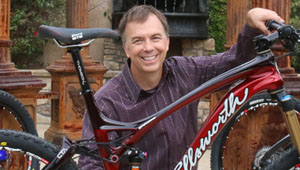
“I don't think the controversy is around hybridizing the cycling experience. I think the controversy is centered in defining trail access concerns. Already, MTBs have trouble differentiating themselves from motorcycles for access to primitive trails — adding an e-bike to trail access will make it more difficult for purely human powered bikes to secure access to trails.”
Legislation on e-bikes and e-bike use seems to be being made on a daily basis and can vary from country to country, state to state, and province to province, so we tend to see the rules as being semi-solid, that is if we even realize there are rules at all.
The Bikes
As we explained in our previous e-bike article, the European classification of e-bikes identifies 4 types of e-bikes, but we only need to focus on class 1 and class 2: Pedal Assist and Throttle on Demand.
Class 1 pedal assist bikes make up the majority of the e-bikes we see on the market for trail use. They feature a pedal activated electric motor, so they’re also known as pedal electric cycles, or pedelecs. Pedal assist e-bikes are usually limited to lower speeds and intended to assist your pedalling with supplementary power. For example, your pedalling power would generate a speed of 10mph, but the motor boosts your speed to 15mph.
Class 2 e-bikes consist of throttle on demand motors where there is a trigger, or twist style throttle, like on a motorcycle, which engages the motor. These bikes may or may not have pedal assist capabilities and their top speeds must not exceed 20mph.
Most big brands, and dozens of smaller ones, are adding e-bikes to the pages of their catalogs, where you can now find your favorite trail bike, say a Scott Spark, in a full e-version. Most of the e-bikes being offered are Class 1 pedal assist bikes so yes, you still must work for your ride – somewhat.

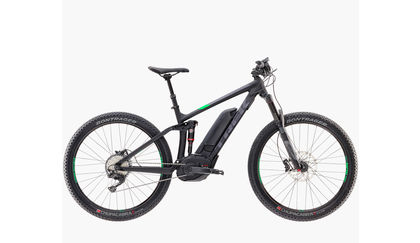
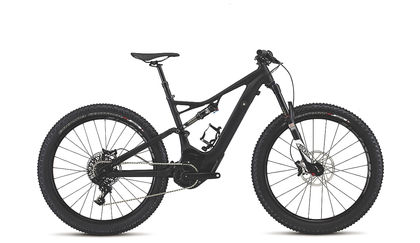

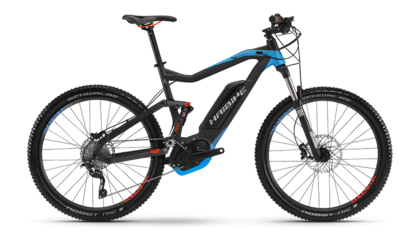
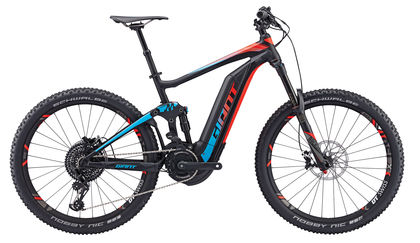
The Problem
E-bikes are not new to the world, but until recent years there seemed to be little to no legal intervention needed in the management of e-bike use on our streets and trails. When I installed my first BionX kit on a Giant Sedona back in 2002, no one thought anything of a bicycle with a motor on it being legal or not. You just installed the kit and away you went. Fast forward to today and we are seeing legislation popping up everywhere trying to do the impossible – define e-bikes and manage their usage.
Both these tasks are more easily carried out when you are only looking at e-bike usage on the streets and pathways of our cities. Management of e-bike use in the urban forum is more easily accomplished than it is on our trails and rural areas. In cities, it’s easier to define e-bikes, then apply, or modify, the pre-existing rules of the road. With some additional regulations, e-bike road use has been reasonably easy to manage. E-bike trail use however, has been more difficult to control.
There are no speed limits on the trails, there is no real form of policing either, and motorized vehicle use is banned in many of the areas where trails are built. There is also a fear that e-bikes possess the potential to hasten the degradation of our hard-fought-for trail networks with their power and capabilities. That makes us ask:
Are e-bikes motorized vehicles?
The International Mountain Bike Association (IMBA) thinks so:
“Use of a motor, whether internal combustion or electric, would require changing the classification to a motorized use. IMBA would support the use of e-bikes anywhere that we could also support other motorized uses.”
To be clear, IMBA is neither for, nor against, e-bike usage. They simply make it clear that a bike with a motor on it is indeed a motorized vehicle. Ellsworth agrees: “In my opinion, if it's got a motor, it's a motorbike – a lightweight, power-limited, range-limited motorbike.”
How do we properly manage e-bike use on the trails?
What are the real concerns in doing so?
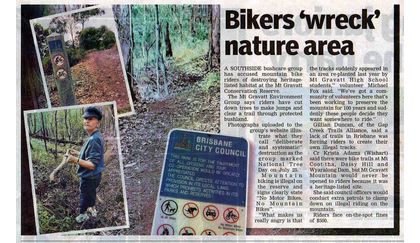
The real problem here lies in land use. With most people living in, or near to, a densely populated urban area (think Marin, or North Vancouver), proper land management is absolutely key to maintaining recreation areas. Proper access and development of these lands has usually been the result of a lengthy and hard-fought battle by passionate people and they’re not very open to having a small group of e-bike users jeopardize their hard work.
Motorized vehicle-approved trails do exist, but they really don’t appeal to the traditions of MTBing. We all desire single-track trails with the perfect spacing between the trees and a mix of technical and flowy trail features. The crux of eMTB bikes is that they are meant to be ridden just like your normal mountain bike on mountain bike trails, just with motor assist.
E-bike usage in European countries has been mostly accepted by people on roads and on trails. Many resorts will rent e-bikes to you and have up-tracks to take you to the top as an alternative to taking the lifts. Yet in some markets, the thought of some out of shape person being able to make it to the top of a long challenging climb before shredding down the trails we worked so hard to build is enough to send a shiver up our spines. So what do we do?
The Solution
We must understand that e-bikes and e-bike use is a fledgling movement. The consumer base for e-bikes may be growing rapidly, but the infrastructure to support e-bikes isn’t. Especially on the trails.
We also need to see the positive impacts that e-bikes will have in the industry. E-bikes are opening a new demographic of cyclist. This means more customers for our bike shops, another product to sell, and more importantly, another product to service. Specialization in e-bike repairs and maintenance may just save some local bike shops.
We must understand that it will take some time to interpret and negotiate how e-bikes will impact our local trails. The faster we accept and work with e-bike groups, the more say we have and the sooner things will settle into place. Do we need e-bike-specific up-tracks for our trail zones? Or maybe we need specific e-bike riding zones. Or…? We don’t know yet.
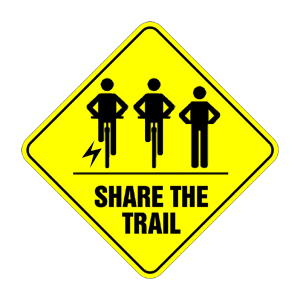
Ellsworth reiterated these points and shared some of his well-earned wisdom collected from working in and loving the industry:
“My overall concern about controversy is that everyone should be doing what we've been teaching our children to do for generations – share and accept differences. Be mindful of others and considerate of the ramifications of your actions. Don't be happiness conservationists. If a guy is excited about his bike he pedals with the assistance of a motor, while you wouldn't dream of packing an additional 10 pounds into the woods or you enjoy the independence of running without motorized subsidy, you still have wonderful things in common with the e-bike guy: 1) you’re outside, 2) you love wind in your hair, and 3) you’re willing to use your body to get that experience. Celebrate together what you share before you so adamantly beat each other up about the method of attaining what you share.”
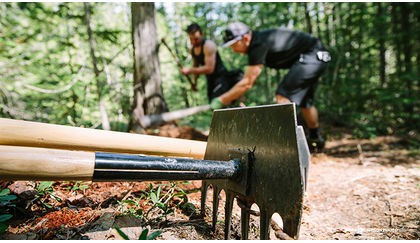
RELATED ARTICLE:
Fall is the best time to build trails and here's why
It's time to start thinking about building and repairing your local trails. Fall is the best time to be out building and we at BikeRoar give you our reasons why... READ MORE

RELATED ARTICLE:
Haibike recalls several models due to fork issue
Popular electric bike brand issues a voluntary recall. Check to see if your bike is affected. READ MORE


